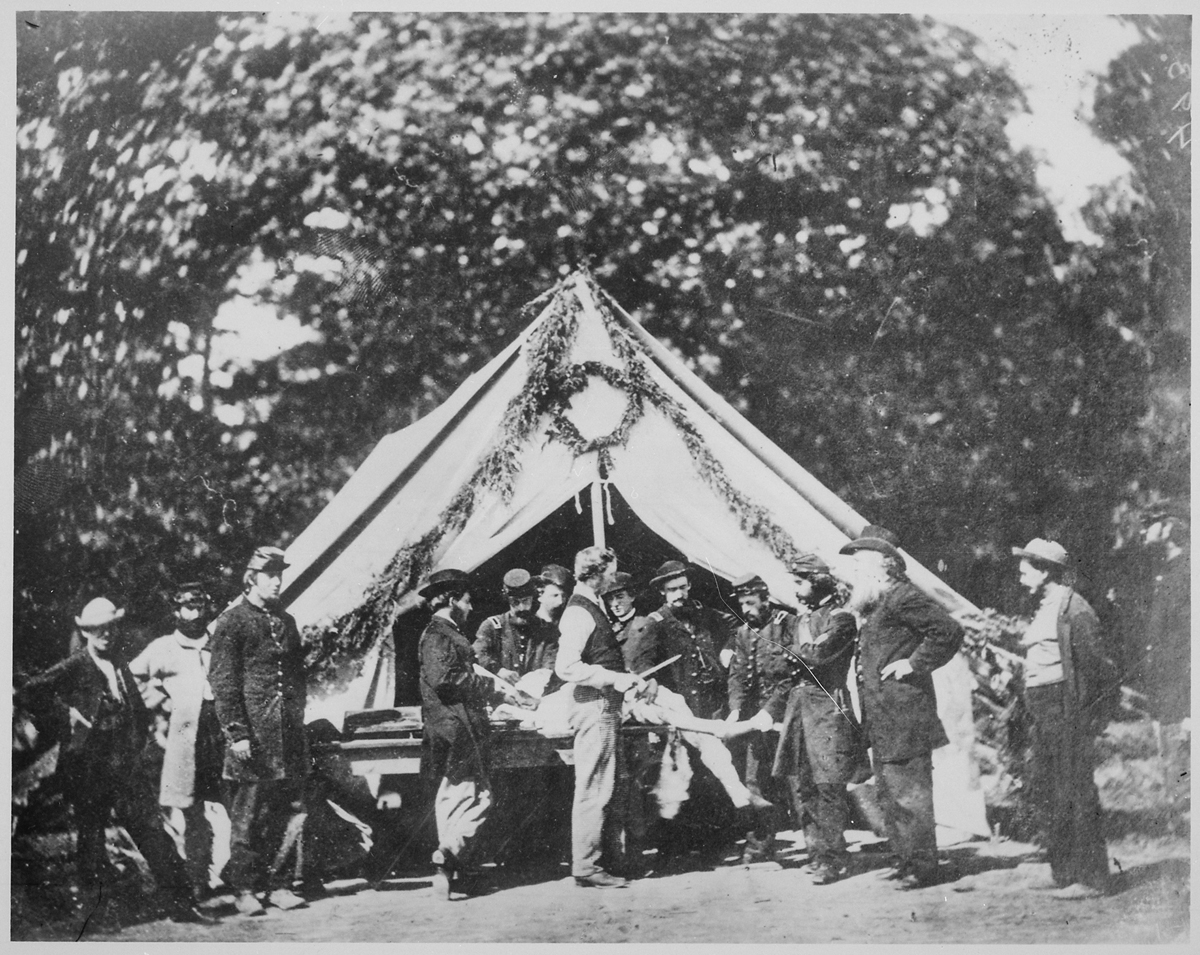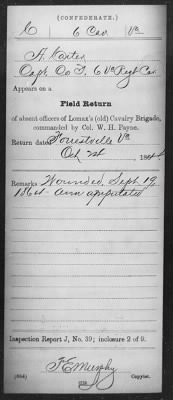 |
| Stomer House (Dollhouse), Germany, 1639 |
Researching via Miniatures - Portraits and Toys
The art
form of miniatures can be seen in the works of early portrait painters and skilled
toymakers. German, French, Italian and British
immigrants, and Irish immigrants began introducing their skills of toy making and
miniatures in the New World by the end of the 18th century. Your ancestor may be
uncovered in apprentice or bond records, or in the records of a beloved artists
who tutored and apprenticed others. Famous artists, like the Irish miniature portrait
painter Walter
Robertson, abt 1793, records may lead you to an ancestor. Read more on the Met Museum website.
1-2-3
Where to Begin
 |
| Albert Jackson, line 4, painter miniature, England |
1. Census. The 1920 census provides researchers with
wonderful hints. Take note of the occupations of your ancestor and the industry.
2. City Direoctories. You
may find your ancestor listed as a miniaturist in the city directory.
3. Biographies and Obituaries.
We find many portrait
painters also specialized in miniatures. Often this specialized art form is
provided in their obituaries and bios.
4. Newspaper articles.
 |
| Female Miniaturists, Burlington Evening Gazette, 22 Jul 1899 |
Women were active artists in miniatures.
Be sure to reference North
American Artists of the 20th Century by Jules Heller and Nancy G. Heller.
| Met Museum Website |
- Patents. In addition to census records and city directories, the occupation of these specialized artists may be noted in and in both Foreign and US patents allowing the family researcher to learn a bit more about their ancestor.
- Society Records. For miniaturists research be sure to visit the Miniature Art Societies. Your ancestor may be named as a member, sculptor, graver, or painter. The Société des Miniaturistes et Enlumineurs de France, was found in 1890; whereas The American Society of Miniature Painters was founded in 1899.
- Museums An artistic end . product - portraits, toys, miniatures - may have been salvaged and on exhibit in a repository. Have you seen a replica of your ancestor's home? Miniature dollhouses may even be an exact replica of an existing or old structures.
The National Museum of Toys/Miniatures in Kansas City holds a wonderful
collection of modern craftsmanship of Miniatures. Be sure
to visit their collection.
Kathleen Brandt
a3Genealogy.com
Accurate, accessible answers
Kathleen Brandt
a3Genealogy.com
Accurate, accessible answers
















